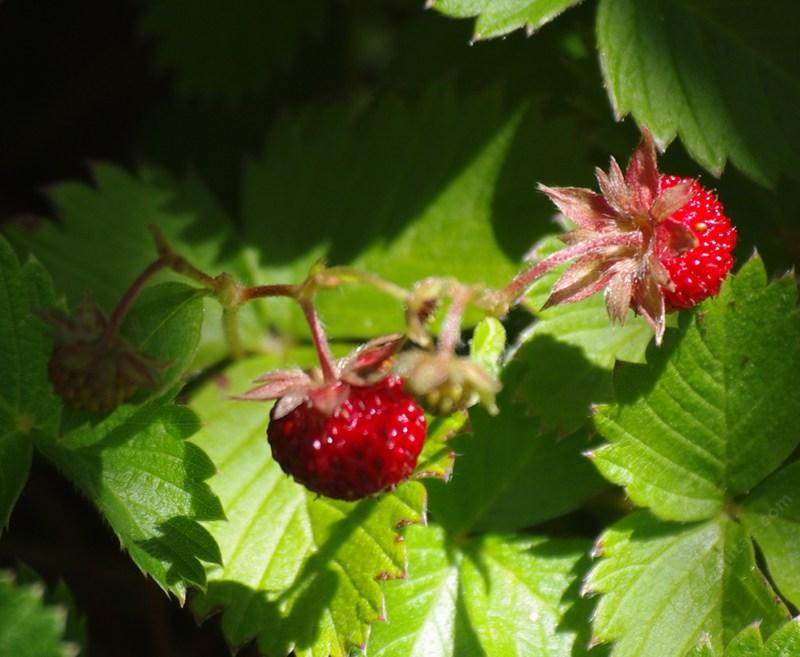
Here I am in what is known as Strawberry Valley in the San Jacinto Mountains, and the only strawberries I can find are boxed in plastic at the Mountain Harvest Market. Forest food flora abound here. But most people don’t know about these plants, or even what to do with them if they did.
The Native Peoples of the San Jacinto Mountains are the Cahuilla. Almost a century ago anthropologists divided the Cahuilla into three groups for their (the anthropologists’) convenience into the Western or Pass Cahuilla, the Desert Cahuilla, and the Mountain Cahuilla.
The Western Cahuilla long ago came up to our valley, it is supposed, to hunt and to gather food in the warm seasons.
Pictographs are found here, but the strawberries that once grew along its creeks are long gone. Or I think they are; I’ve never seen any. They were likely gobbled by the first of the white settlers up here who felled the mountain forest (a phrase of historian John W. Robinson) for timber from about 1875 until the turn of the Twentieth Century. Gobbled up or more likely disappeared as its habitat was destroyed or at least altered during the time this valley was a giant sawmill.
(But forty-eight hours after I posted this piece, Bruce Edward Watts, an Idyllwild resident of 34 years, corrected me: He has seen the wild strawberry. Blooming last year, in June, in Idyllwild, along Strawberry Creek. Right by the big bridge, in town. “They were growing up and down the creek, on both sides,” he says.)
For seven years now I’ve been dipping into a book called Temalpakh, Cahuilla Indian knowledge and usage of plants (Malki Museum Press, 1972) by Lowell John Bean and Dr. Katherine Siva Saubel, an anthropologist and authority on the traditions and culture of her people, and who has just recently died. Temalpakh is translated from the language of the Cahuilla as “from the earth.” Here’s the entry for Fragaria:
Fragaria californica Cham, & Schlect. (Rosaceae)
Common Name: Wild Strawberry Cahuilla Name: piklyam
The fruit of the wild strawberry has always been and still is a choice delicacy among the Cahuilla. Common to the southern California mountains in shaded, damp areas, the plant bears fruit that is available for gathering from April to June. The plant has been pointed out to the authors in the Anza area and near Warner’s Ranch. The fruit was always eaten fresh.
Warner’s Ranch is in Warner’s Springs, close to here. The book was first published 31 years ago. I wonder if wild strawberries are still found among its creeks and streams.
The Heart is Fire: The World of the Cahuilla Indians of southern California by Deborah Dozier (Heyday Books, 1998) is a recording of an oral history, of sorts. A number of Cahuilla speak about their culture and beliefs. It is a very moving book.
Katherine Saubel speaking:
I remember we were told as youngsters that you never destroy plants around you, or trees around you, or rocks around you. They are alive. That is where you get your energy, from all those things around you. So you don’t destroy all these things. That is what we were told. Now, when I see the non-Indians destroying everything around here, they are destroying all of us.
(Photo credit: laspilitas.com)
This is the sixth in the series, Mountain Stories

